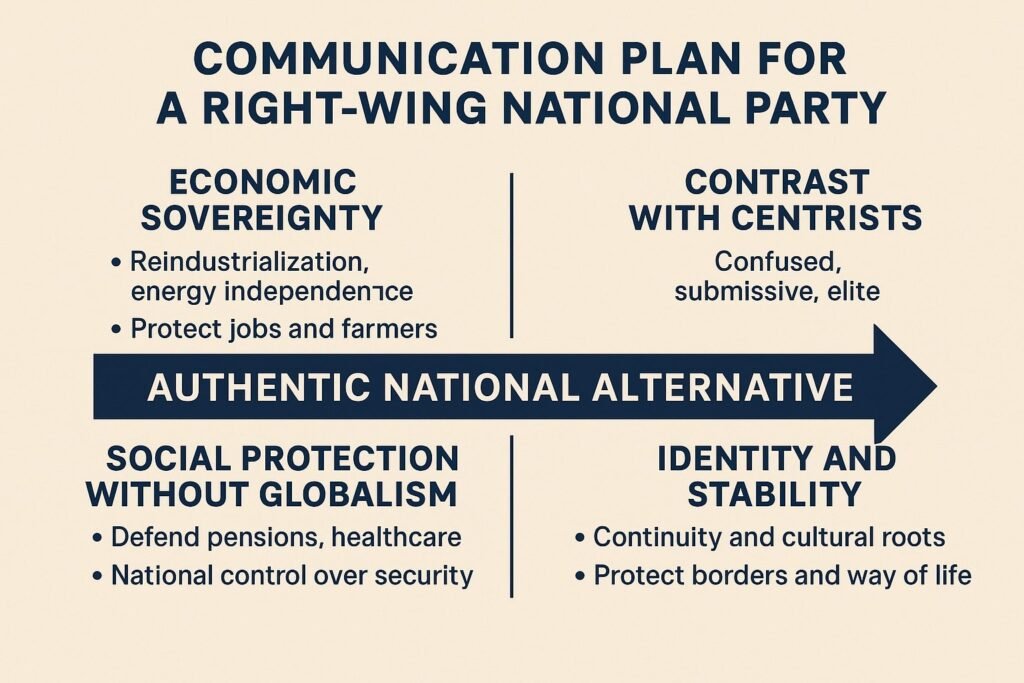LGBT+ Explained – From Rights to Acronyms
From Equal Rights to Endless Letters
Once upon a time, LGBT meant four groups fighting for equal rights: lesbians, gays, bisexuals, and transgender people. Clear enough. Then came the “+.” Suddenly the acronym became a moving target — absorbing new identities, new theories, and new contradictions.
What started as a fight for dignity turned into an ever-expanding banner, where clarity fades and ideology takes over.
Table of contents
What Does LGBT+ Mean?
- L = Lesbian
- G = Gay
- B = Bisexual
- T = Transgender
- + = Everything else — queer, questioning, intersex, non-binary, two-spirit, genderfluid, and any identity invented tomorrow.
The “+” was meant to be inclusive. In practice, it turned the acronym into an open-ended puzzle.
From Gay Rights to Gender Identity
The early movement fought concrete battles:
- Decriminalisation of homosexuality
- Equal marriage
- Protection from discrimination
Adding “T” shifted the focus. LGB is about sexual orientation (who you’re attracted to). T is about gender identity (who you say you are). The movement moved from fixed categories to fluid ones — and with it, from biology to feelings.
Critical Theory and Queer Influence
- Critical Theory: recast society as oppressors vs oppressed, framing identity as political struggle.
- Queer Theory: went further, calling categories themselves oppressive and pushing for endless fluidity.
The result? LGBT+ became less about legal equality, more about dismantling definitions — even those it once relied on.
How LGBT+ Shows Up in Practice
- In Law: Anti-discrimination protections extended from sexuality to gender identity.
- In Schools: Pride flags, pronoun policies, and lessons on fluid identities.
- In Business: rainbow logos every June, diversity pledges all year.
- In Media: constant re-casting of characters and categories to fit the acronym.
Who Benefits
- Activists: endless causes, endless funding.
- Corporations: cheap virtue points through branding.
- Politicians: symbolic battles that distract from harder issues like wages or housing.
The Consequences
- Acronym creep: what counts as LGBT+ keeps shifting.
- Contradictions: LGB assumes biological sex; T and + often deny it.
- Public fatigue: sympathy for equal rights is diluted by ideology creep.
The irony? A movement that once demanded recognition now risks losing credibility through over-expansion.
From Rights to Identity Bureaucracy
The LGBT movement began with a simple, compelling cause: equal rights. LGBT+ became something else — a sprawling, ever-changing umbrella where identity multiplies, contradictions pile up, and clarity disappears.
What started as liberation turned into administration by acronym.
FAQ: LGBT+ Explained
Q: What does LGBT+ stand for?
Lesbian, Gay, Bisexual, Transgender, plus other identities like Queer, Non-Binary, and Intersex.
Q: Why the “+”?
To include new and emerging identities. In practice, it makes the acronym endless.
Q: How did the movement change over time?
From concrete rights for sexual minorities to broader identity activism shaped by Critical and Queer Theory.
Q: What’s the main criticism?
That combining different identities creates contradictions and confuses public support.
Q: How is LGBT+ used today?
As a catch-all banner in law, education, business, and media.



